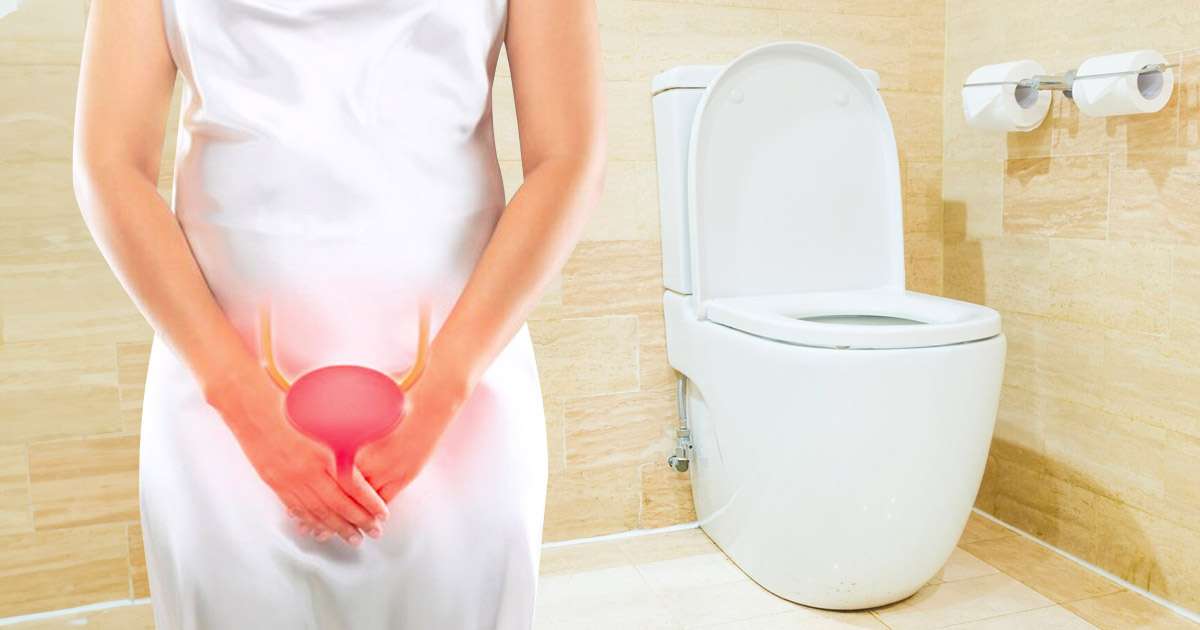Understand the Importance of Proper Incontinence Care

Incontinence means an involuntary or accidental leakage of urine or feces, which can happen to anyone, especially elderly men or women or those with ongoing health issues. It’s tough for caregivers, but you don’t have to deal with it alone. Your doctor can connect you with a local continence service that offers assessment, management, and guidance to help you handle it better.
Taking care of someone who is sick is hard, and dealing with incontinence makes it even tougher. Lots of carers feel really stressed, frustrated, and upset about it, and that’s totally normal. But it’s important to know that incontinence doesn’t always come with getting older or being disabled. There are treatments that can help improve or even fix the problem. So, don’t lose hope; there’s help out there.
What is incontinence care?
Incontinence care for the elderly involves providing support and assistance to individuals who experience difficulties controlling their bladder or bowel movements. This care includes helping them manage their condition through strategies such as using protective garments, assisting with toileting, implementing exercises to strengthen pelvic muscles, and addressing any underlying medical issues. The goal is to enhance their comfort, dignity, and quality of life while managing incontinence effectively.
Continence Assessment
Different types and causes of incontinence exist. A continence service, often led by a continence nurse, can create a tailored plan for proper incontinence care for the elderly.
During assessment, they may gather:
- Medical history
- Urination and defecation frequency
- Estimate of urine volume
- Description of feces
- Identification of urine or fecal leakage
- Diet and fluid intake
- Medications list
- Current health concerns
- Self-care abilities
- Recognition of toilet needs and location
During an assessment, tests may include a urine test and a bladder ultrasound done on the skin below the belly button.
How to manage and treat incontinence
Treatment for incontinence varies based on type and cause. It can include:
- Drinking more water—up to two liters daily
- Eating foods high in fiber
- Doing pelvic floor exercises
- Trying bladder training
- Learning good toilet habits
- Taking medications, like short-term laxatives for constipation
- Using aids like incontinence pads
Tips for carers
Treatment might not provide immediate results or cure incontinence completely. Your healthcare provider will offer guidance. Here are some tips for caregivers:
- The person you’re caring for might feel embarrassed or upset. Stay calm and talk openly about the issue.
- It’s okay to feel uncomfortable or embarrassed yourself. Using humor can ease tension.
- Even with treatment, accidents might occur occasionally. Stay relaxed about it.
- Take care of yourself too. Schedule regular breaks to recharge from caregiving duties.
Suggestions for incontinence issues
Here are some tips:
- Change pads when needed.
- Clothes with velcro or elastic waistbands are easier to handle than those with zippers or buttons.
- Pick machine-washable clothes that don’t need ironing.
- Be careful with protective garments like plastic or rubber ones. They might cause rashes if they touch the
- skin. Check their fit and adjust if needed.
Toileting tips and suggestions for incontinence carers
Here are some simple tips:
- If the person is unsteady, think about using aids like a raised toilet or a grab bar on the wall. Also, remove floor mats and make sure the toilet seat is secure.
- Don’t rush them to the toilet. Playing music can make it more relaxed.
- If they have trouble peeing, run a tap or offer them water to sip.
- Notice when they usually go to the bathroom and suggest those times.
- Keeping track of how often they go can help you and their doctor understand any problems, like constipation.
- If the toilet is too far away, think about having a portable commode near the bed.
- When you’re out, use disabled toilets if available. They’re usually bigger and easier to use.
- Respect their privacy whenever you can. If not, try to stay relaxed. Using humor can also help ease any embarrassment or upset.
Hygiene solutions for carers
Suggestions include:
- Use disposable gloves when you’re helping clean up.
- Wash the person’s skin with warm water after. Gently dry and use a little barrier cream to prevent irritation.
- Wash your hands well with soap and water after, even if you wore gloves.
- Throw away used pads and gloves properly. Don’t flush them down the toilet.
Signs that medical intervention is needed
Here are some simple signs that might need a doctor’s help right away:
- Inability to urinate
- Suddenly start wetting the bed or loss of urinary control
- Chronic constipation
- Diarrhea lasting more than a day
- Skin rash that won’t go away despite good cleaning and creams
- Strong negative emotions like anger, stress, or sadness by the person or the caregiver
Managing Incontinence with the Right Care
If you’re dealing with incontinence, you’re not alone. Help is available to make things easier for both you and your loved one. Don’t let embarrassment or stress stop you from seeking support. Talk to your doctor about finding local continence services and getting the right care. Remember, there’s hope and help out there for managing incontinence with dignity and comfort.

